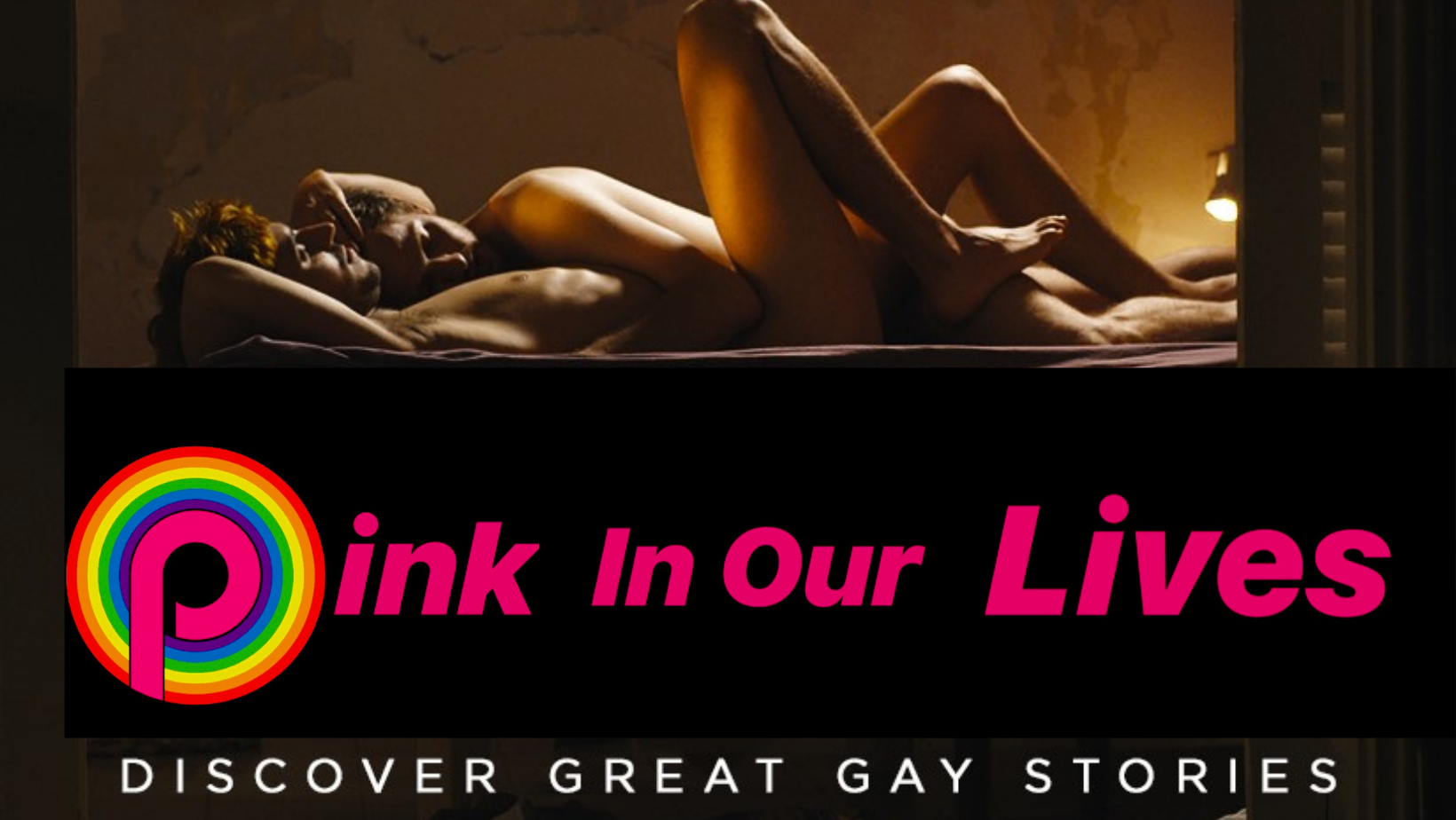As you all already know I named my blog “Pink in our lives” and I like to write about anything with a pink side on it. But why is the color PINK not in our Rainbow Flag then??? This is the color everybody immediately links to gays (and little girls that are born ;o)). So why not put that colour in the Flag??
Well if you look into the history and the creator of this Flag, you will find an answer and maybe something that you did not know yet. Because after all most gays do not care about all this stuff. They just see this Flag as a recognition sign to know where they have to be for gay people. And to be honest I never looked into that deeper myself ;-((. It is mostly about how deep they can get in LOL……
But the Flag has some important history and it makes us all come closer, when there is a Pride or an event. So I thought why not take the first step and look into it for myself and I found out some interesting stuff….
In 1978, Gilbert Baker (born in Kansas in 1951 and see picture) designed the first – ever Rainbow (or Gay Pride) Flag as a symbol of LGBT pride, liberation and diversity. “In the beginning the Rainbow Flag was about liberation. It was about breaking free of an existence limited by fear and conformity, the right to express sexuality without shame or retaliation from those who legislate “morality.'” When Gilbert Baker handcrafted a rainbow flag many years ago in honour of San Francisco’s Gay Freedom Day, he had no idea the impact it would have around the world. “But I did know right away that it would change my life,” said Baker, who now lives in New York City. “Because of the flag I’ve had the chance to meet people from all around the world who have given me their perspective on gay communities worldwide.”
Baker served in the U.S. Army from 1970 until 1972. After an honorable discharge he taught himself to sew. He began making banners and ultimately the Rainbow Flag for his friend Harvey Milk, who was later assassinated on Nov 27, 1978. Gilbert, an artist then living in San Francisco, dyed and sewed the material for that first flag in 1978. He wanted a symbol for the gay and lesbian community as an alternative to the pink triangle, which came from the pink triangle badge used in Nazi concentration camps during the Second World War to identify homosexual men. 
Gilbert Baker helps stretch the mile and quarter long ‘World’s longest Rainbow Flag’ on June the 15th of 2003 from the Gulf of Mexico to the Atlantic coast. This was to commemorate the 25th anniversary of the flag. With that creation, Baker broke his own record previously awarded in 1994 for his mile long Rainbow Flag in memory of the 25th anniversary of the Stonewall Riots
The flag debuted at the San Francisco Gay and Lesbian Freedom Day Parade. It has since been used around the world as a symbol of LGBT unity in many variations, including adaptations such as bumper stickers and decals. The Rainbow Flag is recognized by the International Congress of Flag Makers. The Rainbow (Pride) Flag lives in the public domain.
The original flag had eight stripes from top to bottom: pink (sexuality), red (life), orange (healing), yellow (sunlight), green (nature), turquoise (magic), indigo/blue (serenity), and violet (spirit). Within a year, the flag had shed two of its stripes—pink and violet.
So Gilbert’s original design had eight stripes. The colours represented, in the same order, sexuality, life, healing, sun, nature, art, harmony and spirit. But when Baker approached a San Francisco-based flag company about mass producing the banners, he was told pink was not available.  “The flag was so popular and the demand was so huge, I had literally exhausted the supply of pink fabric,” he said. “Then the flag company told me there was no such thing as pink nylon because there are no flags with pink in them.” According to Gilbert, they “ran out of pink dye”. The violet stripe was later taken out to create an even number of stripes on the flag.
“The flag was so popular and the demand was so huge, I had literally exhausted the supply of pink fabric,” he said. “Then the flag company told me there was no such thing as pink nylon because there are no flags with pink in them.” According to Gilbert, they “ran out of pink dye”. The violet stripe was later taken out to create an even number of stripes on the flag.
Since, many variations of the flag have been created. For instance, a black stripe is added to some symbolizing those lost to AIDS. There are also variations to represent bisexual people, bears and others. Also the flag colours are used in many variations to show that the gays are everywhere, for showing support or just for fun. See here some of the examples ;o))
Have a great PINK day and keep on smiling ;o))
Lesley












Great blog, very interesting I did not know this. Thanks for the great read. Have a great Pink day. Ivan
Thanx Ivan,
Glad you like it. thank you for your comment.
Have a great Pink day yourself ;o))
lesley
xxxxx